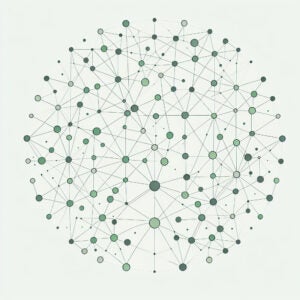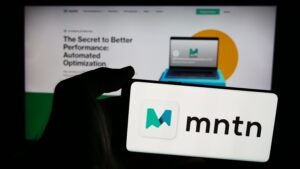 Interpublic Group (IPG) reported Q3 revenue of $1.84 billion, an 8.3% increase YoY and an organic increase of 6.3%.
Interpublic Group (IPG) reported Q3 revenue of $1.84 billion, an 8.3% increase YoY and an organic increase of 6.3%.
IPG Chairman and CEO Michael Roth attributed the solid quarter to strategic digital developments and to the competitiveness of its agencies. IPG’s media agencies are housed in its Mediabrands entity and include Initiative, BPN, ID Media and Orion Holdings.
Roth provided only a rough estimate on the holding company’s programmatic investments, saying it’s about 7% of overall media spend globally and about 10% in the US.
“We continue to believe one of the biggest issues of programmatic buying is the issue of distrust by the clients, because they don’t really understand what’s going into this ‘black box,’” said Roth, adding some clients, though not a huge amount, are taking their practices in-house.
“We’re going to have to watch this very carefully,” he said. “But if we’re doing our job right in terms of delivering on an efficient basis and delivering the returns through our trading, then there shouldn’t be any need for clients to take it internally.”
Roth didn’t see any novelty in this decision, saying IPG has often witnessed clients take their marketing disciplines in-house and that it doesn’t tend to work well, especially for smaller clients unable to field the talent, technology and resources.
The best way to keep clients from going in-house, Roth said, is an “agnostic approach” to media buying.
In an apparent shot at WPP, he emphasized IPG’s media agencies are transparent on the margins it takes from media buys. (The exception, Roth acknowledged, is Orion Trading, IPG’s bartering business that lets clients partially fund their media campaigns with their assets.)
“Some clients believe that as long as there’s a wall up and they’re getting what they paid for in terms of response, then they’re comfortable with it,” Roth said. “Other clients seem to think there’s something inherently wrong with that.”
Roth indicated, however, that if its clients stop caring about transparency, “obviously we’ll rethink our model.”
“This is still a new market,” Roth concluded. “Our goal is to be 50% automated, and that’s not just programmatic, it’s the entire way we approach buying media. Right now our programmatic buying is growing [and] we’re making margins on it. Our clients are pleased with what we’re delivering in terms of our targeted marketing and dollar spend.”













